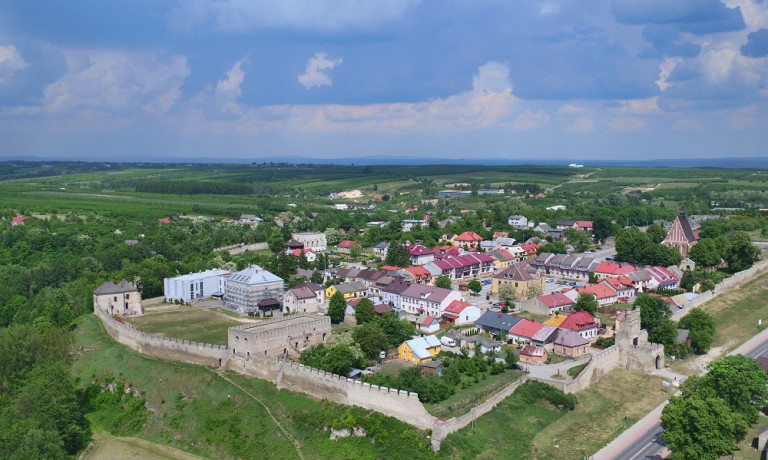
A spirit of chivalry and Camaldolese principles
Visiting Szydłów we can feel the medieval spirit of the age of chivalry. The town, called the “Polish Carcassone”, amazes visitors with its fortified walls and a piece of a fosse that is still visible.
According to legend, the name of Szydłów is derived from a ruffian’s name. He was called Szydło and was known for the robbing of rich merchants passing through this way. This defensive town was extended and bolstered by King Kazimierz Wielki. Here we can visit the broad courtyard, the palace, the castle gate, the treasury and one of the oldest Polish synagogues.
History is linked with contemporary times in Kurozwęki. The old private town was established probably in the 13th century. Visitors are still attracted by the palace and park complex, where the music of Fryderyk Chopin sounds in the scorching afternoons.
However, it is attractive not only for music lovers. The splendid palace was remodelled several times. King Stanisław August Poniatowski stayed here. Nowadays, we can admire not only the architectural monument but we can encounter nature here. The guests can watch bison that are bred in Kurozwęki, visit the small zoo and the stables. They can also rove around a great sweetcorn maze. Every year, it takes the shape of a different catchword and literary, historical or contemporary figures e.g. Tadeusz Kościuszko, Saint James, Jan Paweł II (Pope John Paul II), Henryk Sienkiewicz and Koziołek Matołek.
Guests staying in Rytwiany can enjoy the silence, relaxation, reflection, and relief. There is the only Camaldolese monastery in Poland, open to everybody. People come here to slow down and clear their mind undergoing the Camaldolese principles of calmness and contemplation. Despite the place being rather solitary, it is known for being the setting of the television series “Czarne chmury”. Important scenes were shot here when a Polish nobleman Krzysztof Dowgird was rescued by his trusty wachtmeister, Kacper Pilch. The film’s heros were helped by monks so their white habits and their motto “memento mori” became the signs associated with the Rytwiany hermitage…



